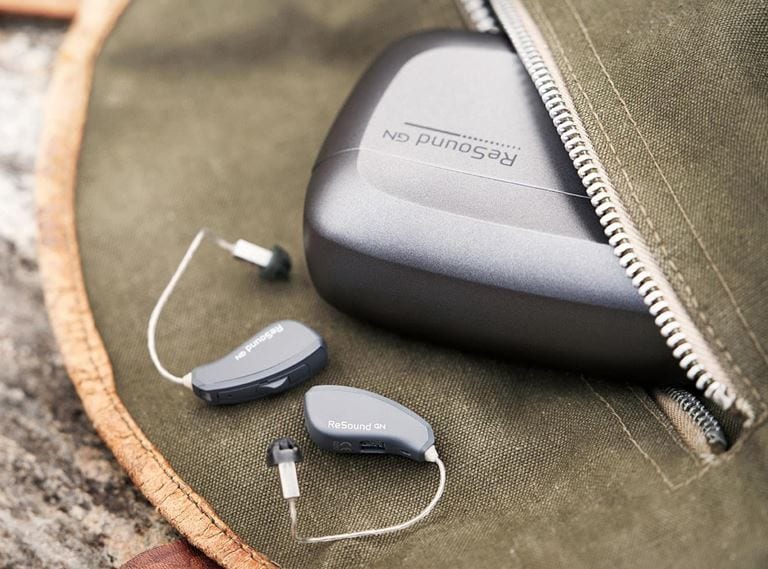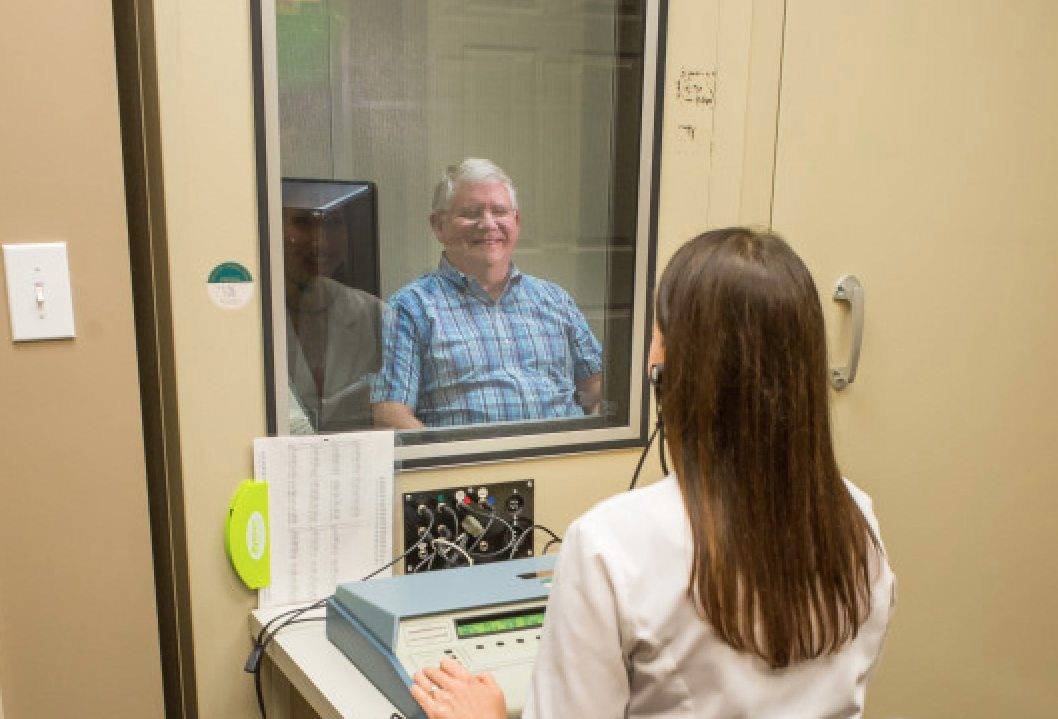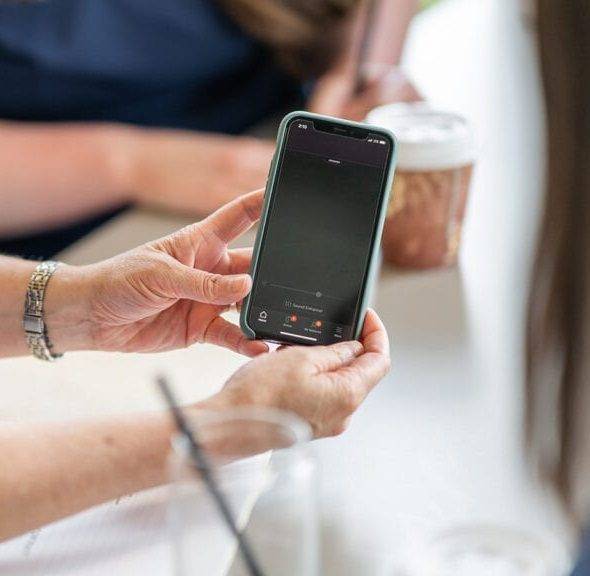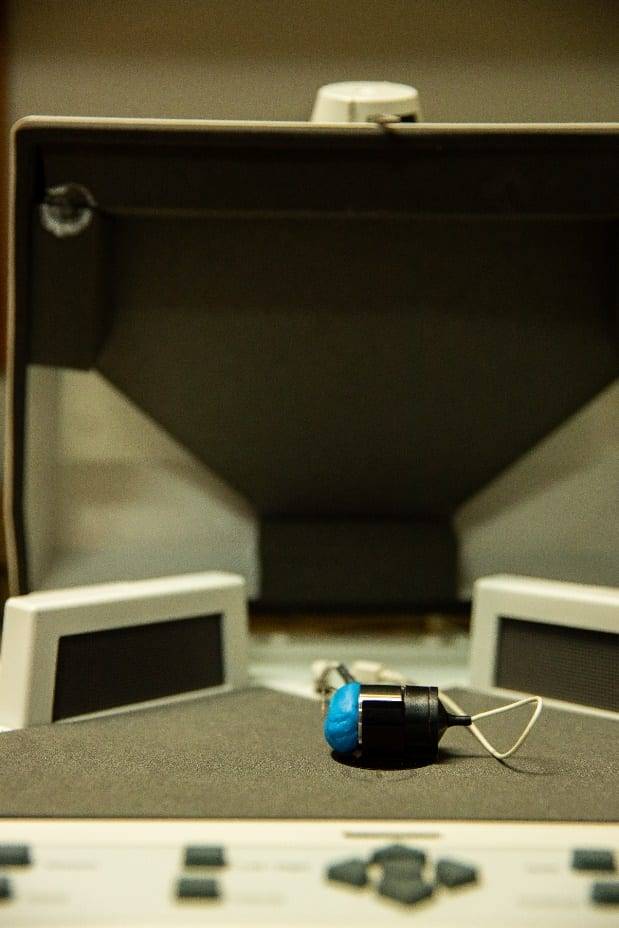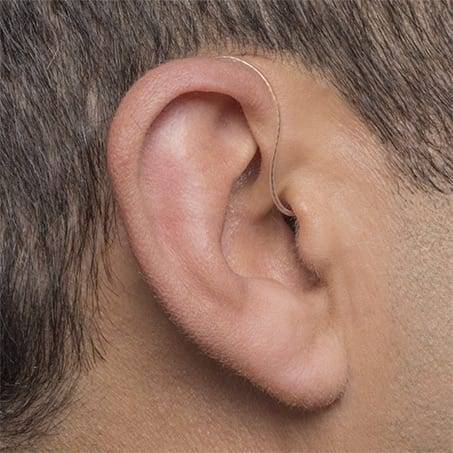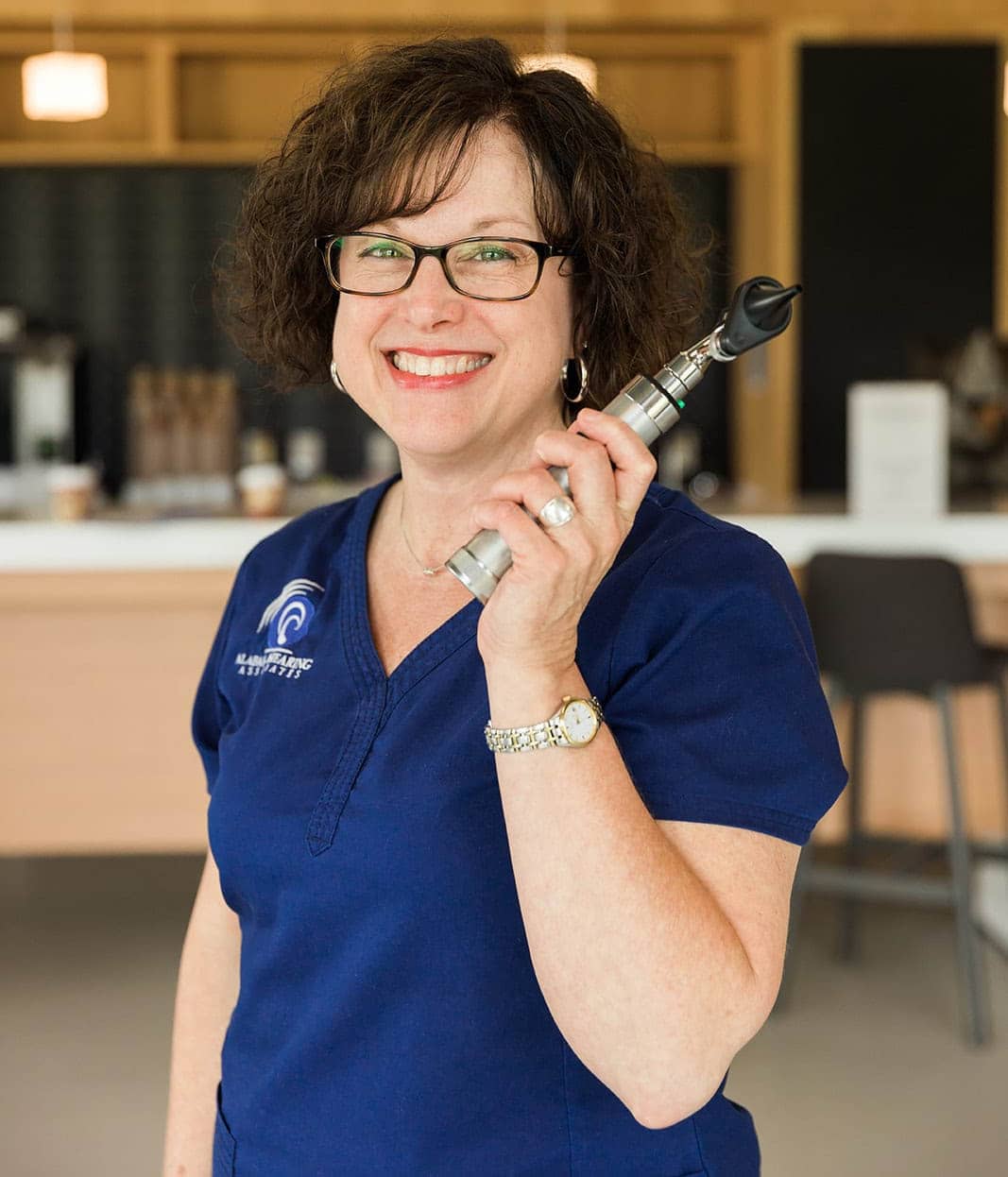Hearing aids are essential devices for people with hearing loss. However, these devices are delicate and can require regular maintenance or repair. When your hearing aid is not functioning correctly, it can be frustrating and even isolating. However, with the help of professional hearing aid repair services, you can get your hearing aid back to optimal performance quickly and efficiently.
What Happens If My Hearing Aid Dies?
If your hearing aid has stopped working and you aren’t able to resolve the problem using our troubleshooting tips, the next step is to call us to schedule a Drop-Off Repair and Recovery. This process allows our patients to conveniently drop off hearing aids at our door and receive reliable in-house diagnostics, repairs, and total recovery of devices instead of immediately being sent off to the manufacturer for repair.
Professional Hearing Aid Repair: What Are You Able To Do That I Can’t?
- Thorough cleaning of the device: The first step is to clean your devices with our professional-grade equipment to clear any debris or wax, as these can impede sound. Filters (also known as wax traps) are first on the list of components to check and replace, as these tiny filters can make a huge difference in the sound output. The wax traps are removed not just to be replaced, but also to directly vacuum the speaker as debris can get past the filter. If appropriate, we would then either replace the casing or microphone cover. You would be surprised how often a thorough cleaning revives a hearing aid that was otherwise dead!
- Removing all moisture: Every device that goes through the Drop-Off Repair and Recovery process will receive a Redux treatment to remove 100% of moisture. The Redux system is our newest tool and has significantly reduced the amount of hearing aids sent off for repair. Even though hearing aids are water resistant they aren’t waterproof, moisture is still the number one reason devices are sent to the manufacturer. Depending on how much moisture is removed during the process, we may discuss ways to manage moisture at home during your pick-up appointment.
- Electroacoustic analysis: Once we have given your hearing aid a thorough cleaning, addressed any exterior issues, and removed moisture, we then run electroacoustic analysis (EAA) to have a better idea of what may be malfunctioning. The results are then compared to specifications provided by the manufacturer; if the device is within tolerances we know that the hearing aid is working just like it did when brand new. EAA may be the most crucial step of the Repair and Recovery process because some of the problems it detects can be imperceptible otherwise.
The outcome of each of the steps above helps us determine the next best course of action to take during the Repair and Recovery process. If the outcome of each of these steps is good, a final listening check completes the Repair and Recovery process and we call to let you know it’s ready!
The cost of the drop off repair and recovery is $125 but is included in the Continued Care & Coverage Plan. When you arrive to pick up your hearing aid, we like to go over what was done for your device and potential ways to avoid the problem in the future.
If your hearing aid cannot be repaired or recovered in our office, it can be sent on for further diagnostics with the manufacturers. We do try our best to service your hearing aid in office—unfortunately, there are circumstances where manufacturers are more equipped to handle the problem at hand.
Hearing Aid Repair and Maintenance | Alabama
Alabama Hearing Associates have skilled technicians to carry out expert hearing aid repair and maintenance services.
If your hearing aid is in need of a Drop Off Repair and Recovery or if have any questions about our Continued Care & Coverage Plan, please call us at 256-319-4327 or submit a contact request and one of our helpful team members will call you back shortly.


